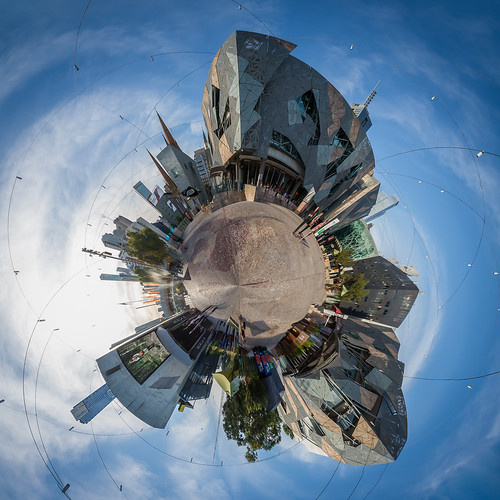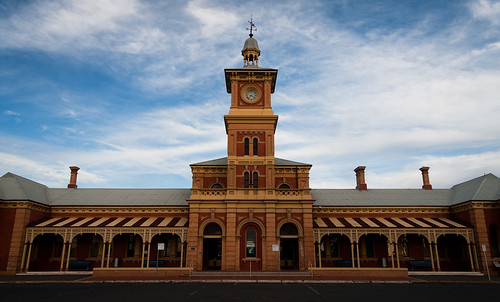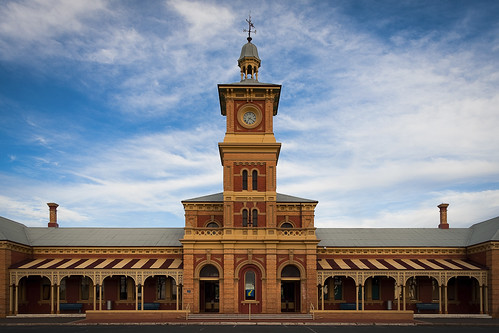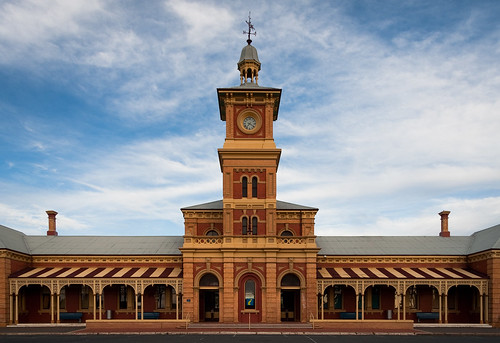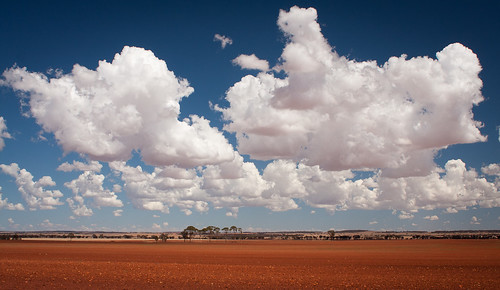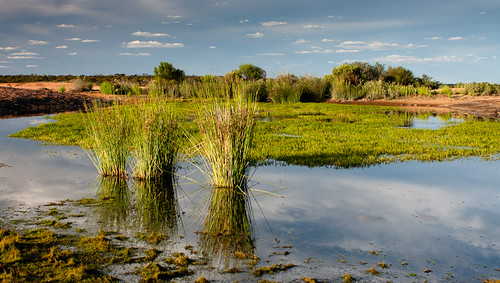A long time between refreshes
Friday, August 15th, 2025 at 11:00pm
I remember a time when upgrading my home computer was a thing. Technology was changing fast enough that there was a benefit to regularly upgrading hardware and software. That was twenty years ago, these days things are fine and just work for years…
Two weeks ago I upgraded my main home desktop, upgrading to a Ryzen 7 9700X in what I felt was a mid range system that would give me a decent upgrade for a reasonable amount of money. With a basic motherboard, 32GB of RAM (double the previous system) and a new 500GB NVMe boot drive I kept it under AUD1000. The case and other storage (mostly SSD) was reused from the previous system. So far it is mostly the same, but the place where I can tell a different is in how much more responsive Lightroom now is.
That previous system was put together in early 2019 based around an i7-8700 CPU, it was my first system with an NVMe boot drive which did make it feel quite snappy. Though the other storage was all still spinning rust so there were still noticable read delays in Lightroom just after importing images (I made sure to put the catalog and cache on the NVMe drive).
I had thought that this six and a half year gap was the longest I had gone between upgrades, but it turns out that this is the second gap of this duration with the previous upgrade to an i7-3770 being almost thirteen years ago.
This trend of long gaps has been going for a while, I need to step back another four and a half years to when I previously switched from a series of AMD CPUs over to Intel. I don’t recall what I did with that hardware, it is all long gone as I had no need to keep it around.
However that thirteen year old i7-3770 is still running fine as my parent’s computer, but it is about to be updated to the six an a half year old i7-8700. Partially because I have no other use for it, but mainly because it is supported by Windows 11. It will also be a good time to remove all the spinning rust which has been in that system for a loooong time…
—
PS: Looking back through old posts I was reminded that at one point I did buy a dedicated GPU for Lightroom and did see a benefit from it, but these days I am happy with onboard graphics which support multiple monitors, it is a bonus if it might get used for Lightroom a bit. As I don’t play games I would need compelling evidence of a significant benefit before I would part with AUD500+ for a dedicated GPU.
